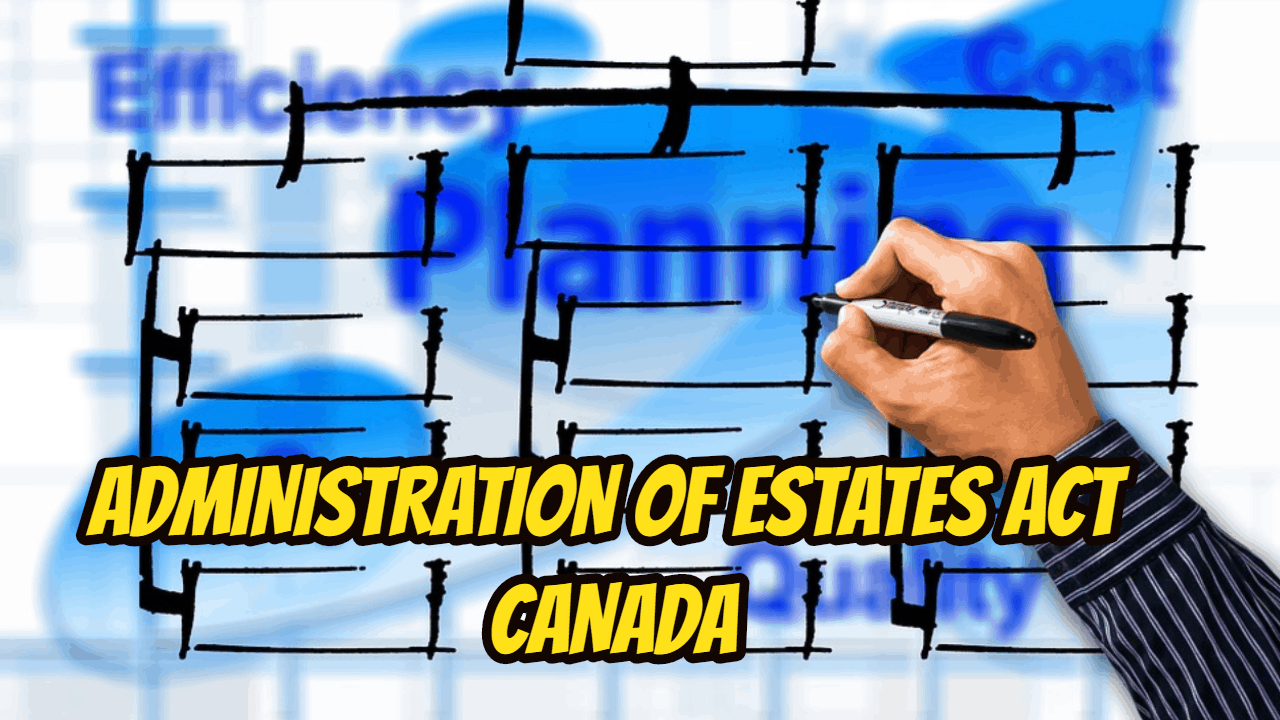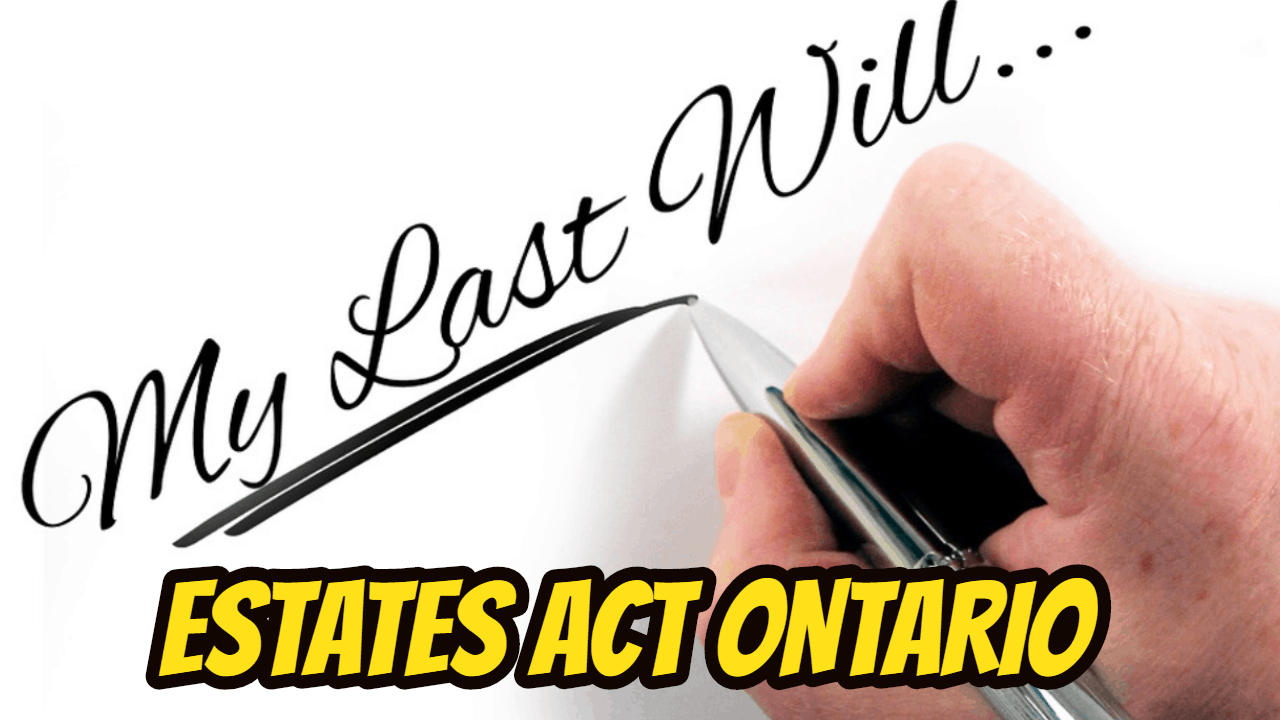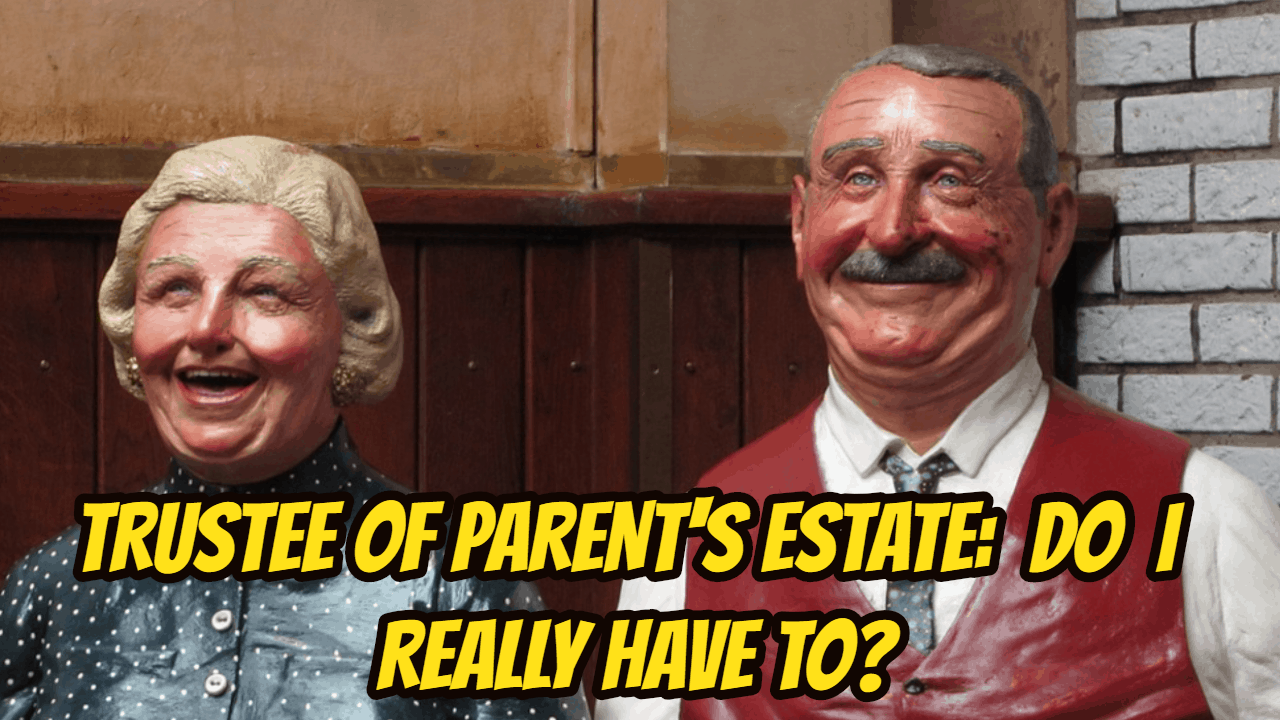[monkeytools msnip=”http://monkeyplayr.com/playr.php?u=5173&p=20240″]
Trustee Act Ontario: Introduction
I want to highlight a provincial statute that is also important for the administration of a deceased estate; the Trustee Act, R.S.O. 1990, c. T.23 (Trustee Act Ontario). This blog continues my blog series to show how it would be proper to appoint a licensed insolvency trustee (LIT or bankruptcy trustee) (formerly known as a bankruptcy trustee) as the estate trustee (formerly called an executor or executrix) of a solvent deceased estate.
As always, since we are not lawyers, and I am by no means providing in this and upcoming Brandon’s Blogs advice on wills or estate planning matters. For that, you must consult your lawyer.
My prior estate blogs
In my blog TRUSTEE OF DECEASED ESTATE: WHAT A TORONTO BANKRUPTCY TRUSTEE KNOWS, I looked at some essential matters when it involves a deceased estate and why a LIT would be extremely knowledgable and competent to act as an estate trustee of a deceased estate with those basic requirements.
In the blog, TRUSTEE OF PARENTS ESTATE: DO I REALLY HAVE TO?, I explained why many times parents try doing the proper thing by appointing their children as estate trustees and how many times it just turns out all wrong.
In ESTATES ACT ONTARIO: TORONTO BANKRUPTCY TRUSTEE REVEALS HIDDEN SECRET, I describe how the requirements and provisions of the Estates Act are already very familiar to a bankruptcy trustee. In fact, most of the duties required by the Estates Act are already performed in the insolvency context by a LIT.
My blog ADMINISTRATION OF ESTATES ACT CANADA: EASY FOR TORONTO BANKRUPTCY TRUSTEE TO DO, I explained why a LIT is a right professional to lead the administration of Estates Act Canada.
In this and my next blog, I will focus on two more Ontario statutes that impact the administration of a deceased estate by an estate trustee. The three statutes are:
As you have by now correctly guessed, in this blog, I will show how a bankruptcy trustee would be very familiar with the workings of this provincial legislation.
Things an estate trustee must be aware of
There are various sections of the Trustee Act Ontario that affects the duties and responsibilities of an estate trustee in administering a deceased estate. All the concepts are very familiar to a LIT.
Power of court to appoint new trustees
Section 5(1) of this statute gives the Ontario Superior Court of Justice the authority to make an Order for the appointment of a new trustee. This is the same Court that we attend for Court-appointed receivership and bankruptcy matters. So, a LIT is very familiar with the workings and requirements of this Court.
Who may apply for the appointment of a new trustee, or vesting order
Section 16(1) of this provincial statute says that anyone who has a beneficial interest in the property of the trust can apply for the appointment of a new trustee. This is very similar to how a Court-appointed Receiver is appointed. Although it is normally a secured creditor who makes the application, in theory, it could be any party that has an interest. Section 101(1) of the Courts of Justice Act, R.S.O. 1990, c. C.43 states that a receivership Order may be made “…where it seems to a judge of the court to be just or convenient to do so.”. It is the “just and convenient” clause that was relied upon by the judge when we were appointed Receiver and Manager of the assets, properties and undertakings of The Suites at 1 King West condo strata hotel back in August 2007.
For this reason, as a LIT, we are very familiar with this aspect of appointing a trustee.
Power and discretion of trustee for sale
In my blog ADMINISTRATION OF ESTATES ACT CANADA: EASY FOR TORONTO BANKRUPTCY TRUSTEE TO DO, I referred to sections 16 and 17 of the Estates Administration Act. Section 17 in particular, provides the estate trustee with the power to pay off the debts of the deceased. It also allows a trustee to distribute or divide the estate among the beneficiaries.
Section 17 of the provincial Act provides the trustee with the authority to sell, but subject to the requirements of the Estates Administration Act.
A LIT, either in receivership or bankruptcy, is extremely acquainted and experienced in the sale of real and personal property. The LIT likewise makes certain that the creditors are paid in the correct order of priority.
Sales by trustees not impeachable on certain grounds
Section 18(1) deals with a certain aspect of the sale of the property. It states that unless it is proven that there was an inadequate sales price, a sale properly made cannot be impeached by any beneficiary. Any beneficiary wanting to try to impeach a sale must prove that the process used resulted in a sales price at less than fair market value.
Similarly, in a Court-appointed receivership or bankruptcy, the LIT must be able to prove that both the conditions of the sales process and the sales price achieved, was right for the types of assets in the circumstances.
The leading case is the Ontario Court of Appeal decision in Royal Bank of Canada v. Soundair Corp., 1991 CanLII 2727 (ON CA). The process a LIT must follow is known as the “Soundair principles”. This is the test used when deciding whether a receiver or trustee applying for Court approval of a sales process and the authority to sell assets has acted properly. The Court must decide whether the receiver or trustee has:
- made a sufficient effort to get the best price and has not acted improvidently;
- considered the interests of all parties;
- Devised a fair process that has integrity by which offers were obtained; and
- Introduced any element of unfairness in the working out of the process.
Therefore, I submit, that a LIT is very experienced in devising a sales process and selling assets in a way that is fair to all stakeholders or beneficiaries to attempt to maximize sales proceeds.
Trust funds and investing
Section 26 of the Act deals with the area of the requirement for a trustee to maintain trust accounts and to invest trust property in a way that will maximize the return while not putting the capital at risk to swings in investment pricing, inflation or income tax.
The LIT is very familiar and experienced in trust accounts and the investing of trust funds. Section 25 of the Bankruptcy and Insolvency Act (Canada) (BIA) deals with the requirement of a trustee to establish trust accounts. Also, the Superintendent of Bankruptcy Directive no. 5R5 deals with Estate funds and banking. The Superintendent also monitors the banking of trust funds by all LITs across Canada.
Therefore a LIT is very knowledgeable and experienced in the banking, investing and protection of trust funds.
Security by the person appointed
If letters of administration were granted under the Estates Act, R.S.O. 1990, c. E.21, section 37(2) of the provincial legislation requires every trustee to post security.
I discussed in my blog ESTATES ACT ONTARIO: TORONTO BANKRUPTCY TRUSTEE REVEALS HIDDEN SECRET, the experience of a LIT in the posting of security by way of an insurance company bond.
Actions for torts
Section 38(1) of the provincial statute gives authority to an estate trustee of a deceased person to maintain an action for all torts and injuries to the deceased person or his or her property, except in cases of libel and slander. Any recovery forms part of the deceased’s personal estate. Section 38(3) provides for a limitation on such actions. The action cannot be brought after the expiration of two years from the date of death.
As a LIT, this is a familiar concept to us. When a person or company is insolvent and has a chose in action against one or more parties, such action can be started or continued by a receiver or bankruptcy trustee. In fact, in a bankruptcy, the action actually vests in the trustee.
The receiver or trustee has to make sure that they have a legal opinion on the likelihood of success. The receiver or trustee also has to make sure that they can afford to fund the litigation. The litigation cost cannot reduce the value of the assets under administration. This includes the issue of costs if the action proves unsuccessful.
Distribution of assets under trust deeds for benefit of creditors, or of the assets of the intestate
Section 53(1) of the Act lays out the requirements of a trustee to make a distribution for the general benefit of creditors. As I have described in previous blogs, Section 135 of the BIA deals with the admission and disallowance of proofs of claim and proofs of security.
A LIT is an expert at sorting out creditor claims and could certainly do so under the Trustee Act also.
Trustee Act Ontario: Summary
I hope that this blog reveals to you how the provisions of this provincial statute, detailing the duties of a trustee or estate trustee tracks really close to how a LIT performs in either a Court-appointed receivership or bankruptcy administration.
Therefore, the LIT is used to acting as a Court officer and could very easily perform the requirements and duties of a trustee as described in this provincial legislation.
If you have any questions about a deceased estate and the need for an estate trustee, whether it is solvent or insolvent, contact the Ira Smith Team. We have decades and generations of experience in helping people and companies overcome their financial problems. You don’t need to suffer; we can end your pain.
In my next blog, I am going to write a similar comparison. It will be about the requirements outlined in the Succession Law Reform Act and how a LIT is most familiar with it also.
In the meantime, if you have any questions at all, contact the Ira Smith Team.

[monkeytools msnip=”http://memochimp.com/memo.php?u=4931&p=3676″]









